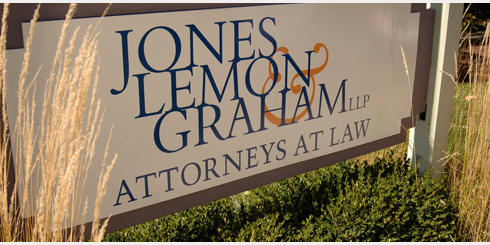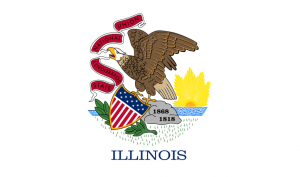IL Business Alert: COBRA; Workers Comp; New Executive Order/Plan; New Paid Leave, Payroll Tax Deferral; and Employee Retention Credit Guidance
By Christopher J. Graham and Joseph P. Kelly
It’s hard enough to do business with the havoc arising from the pandemic. Then, as you probably know, there has been a flurry of legislation, ostensibly to help businesses and employees. And there is potential “help” in some of the legislation, but also a substantial compliance burden, which for small businesses can be especially difficult to deal with.
Here’s a summary of some of what’s new:
- COBRA notice form and timing changes:
Many employers have laid off employees as a result of the pandemic. If your business has a group health insurance plan, there’s a new US Department of Labor form to provide notice to your employees of rights under COBRA and new extended times for employees to elect COBRA coverage. While not required, it’s best to use the DOL form to avoid any claim that the notice was legally insufficient and potential adverse consequences. See here for more details and the form.
- Illinois workers compensation Covid-19 presumption – repeal:
Last month, the Illinois Workers Compensation Commission approved a new “emergency” Rule providing that certain employees who contracted COVID-19 would be rebuttably presumed to have contracted the virus in the course of employment. But that Rule has since been repealed.
- Governor Pritzker’s modified stay-at-home order and plan to re-open Illinois:
You’ve likely seen these but here’s a link to the modified stay-at-home order and here’s a link to the plan to reopen up Illinois.
- Emergency paid sick leave act and emergency family and medical leave expansion act—regulations and FAQs:
We provided an overview of these new laws in prior alerts here, here, and here.
Most of you presumably have posted or otherwise circulated the required poster for your employees about the new laws. And if your employee makes a claim for paid leave under either new law, there is now a mountain of regulations and guidance from the Department of Labor and IRS to wade through, in addition to the statutes. This is not an easy compliance burden for small businesses and the new laws apply even for businesses with a single employee.
Here is a link to the DOL regulations. And here is a link to the DOL guidance in the form of answers to Frequently Asked Questions, modified most recently on Friday. There are now 93 DOL FAQS!
There also are related IRS regulations and FAQS and forms for tax credits and advances that, assuming you jump through the hoops, should be there to fund required paid leave; the credits/advances also are available for certain self-employed persons for qualified sick leave and family leave equivalent amounts. Here are the IRS FAQs on the paid leave credits/advances.
If you get a paid leave claim, you will need to document the claim consistent with the DOL regulations and FAQs, whether you pay the claim or not. All paid leave claims also must be documented as required to obtain available tax credits or advances. Paid leave records also must be retained for at least 4 years. See the FAQs for details.
Although hardship exemptions may be available for businesses with less than 50 employees, there’s a compliance and documentation requirement for the exemption to apply.
If you have more than 50 employees and are already required to provide unpaid leave under the Federal Family and Medical Leave Act, there are details in the regulations and FAQs about coordinating the new paid leave with unpaid leave under the “old” Act. If you do business in a jurisdiction with State or local paid leave law (Chicago, for example, has a paid leave ordinance; the State of Illinois does not), you will need to coordinate your obligations under each law.
The DOL has enforcement powers and there are penalties for failure to comply; employees have the right to bring claims as well.
- Payroll tax deferral and employee retention credit:
Payroll tax deferral was another new benefit for employers under the CARES Act – with certain 2020 payroll tax payments deferred until 2021 (50%) and 2022 (50%). The IRS has issued additional guidance on how this works. One clarification that’s been made: if you receive an SBA paycheck protection loan, you may benefit from payroll tax deferral, but only until the loan is forgiven; before the recent guidance, it was unclear before whether if you received a “PPP” loan, you also could benefit from deferral.
There are now detailed IRS FAQs about employee retention tax credits here. If you receive a paycheck protection loan, however, you are not eligible for these credits.
If you haven’t done so already, you should be coordinating with your tax advisor and payroll service on the tax matters identified above.
The SBA continues to issue new “guidance” and regulations almost every other day it seems—with more expected next week; and we expect to blog further about some of the new guidance soon.
Category: Business Law Blog, Employment Law Tracker Comment »

